All eyes are on how the EC President will strike a balance between the economy and the environment in his second term, to stay on the path of innovation across the “old continent”, as well as to maintain the green growth path for the EU in the future.
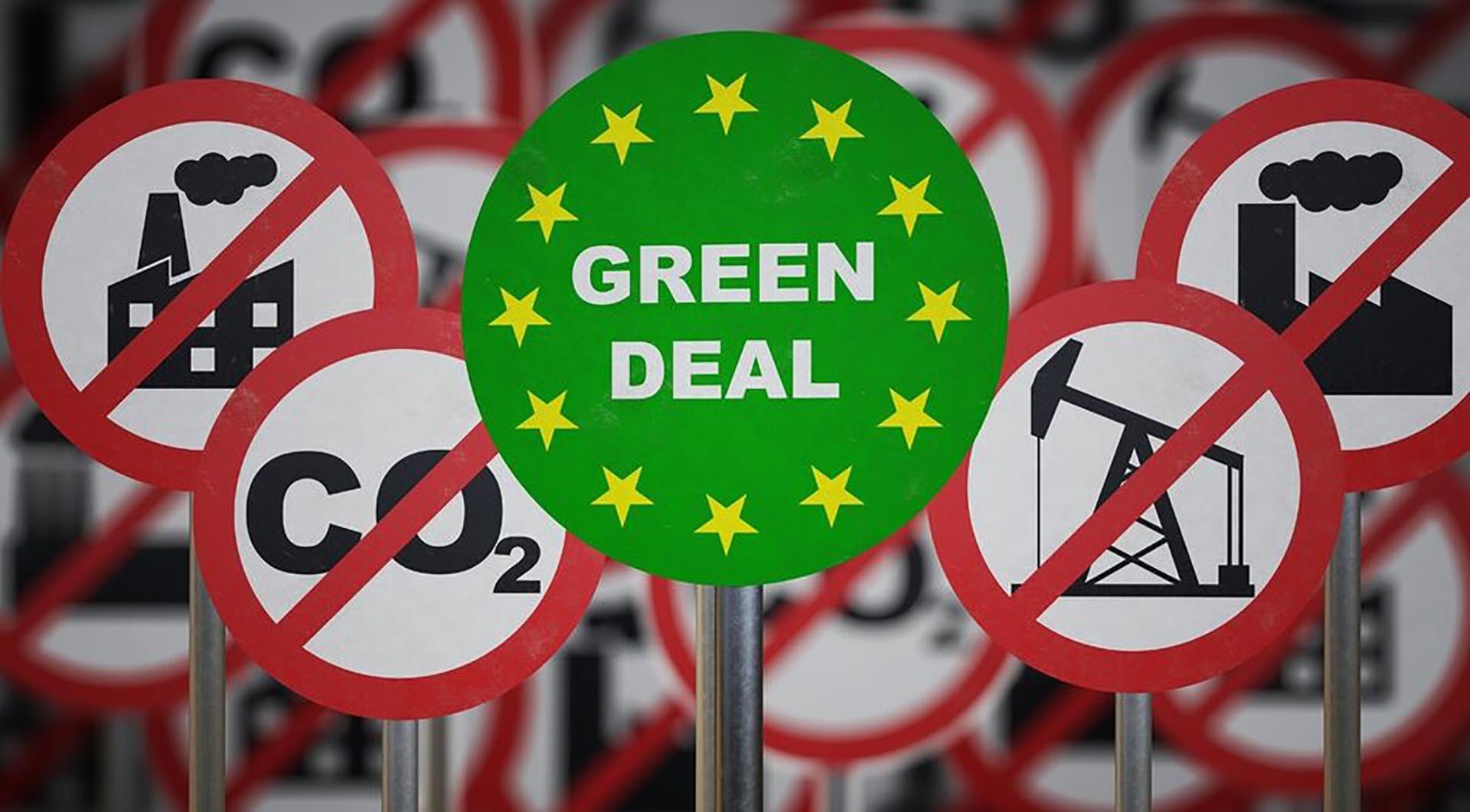 |
| The European Green Deal aims to put the EU at the forefront of the fight against climate change, leading the way for green growth globally. (Source: Getty Images) |
Ursula von der Leyen has just been officially appointed as President of the European Commission (EC) for a second term. Facing a series of complex challenges to recover the economy from the Covid-19 pandemic, the Union's sustainable development direction and continuing to realize more ambitious environmental policies, thereby enhancing the EU's global influence, is Ms. Leyen ready to shape the future of Europe, as she convinced her supporters in her first term?
Leading the green growth trend
The European Union (EU) is one of the leading regions in the world that has shown great interest and made great strides in greening its economy. In 2020, the European Green Deal (EGD) was adopted, officially launching a landmark global trend and creating a concrete plan for the sustainable development of the EU economy.
Aiming to mobilize at least €1 trillion in sustainable investment over the next decade, the Green Deal aims to help Europe transition to a resource-efficient economy, tackle climate change, reduce dependence on fossil fuels, increase food security and aim for net zero emissions by 2050. The areas of implementation set out for 2030 cover energy, transport, agriculture and construction...
The EGD is therefore seen as a comprehensive plan with actions to radically reduce greenhouse gas emissions by at least 55% by 2030 (compared to 1990) and turn the climate crisis into a step towards a more sustainable future. The agreement also outlines the necessary investments and financial instruments to achieve this transition.
Accordingly, a series of policies with a vision for 2050 have been issued, such as the Carbon Border Adjustment Mechanism (CBAM), Farm to Fork Strategy, Circular Economy Action Plan, and Biodiversity Strategy to 2030.
On this basis, many EU countries have taken the lead in investing in green growth. According to the Green Future Index 2022 ranking, the Top 5 countries leading in low-carbon economies are all in the EU. In particular, the leading position belongs to Iceland - one of two European countries that generate more electricity from renewable energy than domestic consumption. Iceland's economy is operating on 85% renewable energy and is aiming to use 100% renewable energy. Denmark is second, with efforts to invest in sustainable energy and green transition. And many other member states have expressed their determination to accelerate the green transition, quickly abandoning their dependence on fossil fuels.
This “green turn” has a strong mark of EC President Leyen – who contributed to launching the EGD policy, with the ambition to put the EU at the forefront of the fight against climate change, leading the trend of green growth globally. Supporters hope that Ms. Leyen will continue the successful policies of her first term. In particular, strategic policies that have a great impact on the future of the EU such as EGD will be able to be fully realized to achieve the goal by 2050.
The big challenge for reformers
In the context of green growth becoming an inevitable path that many countries around the world are pursuing, the EU has become one of the pioneers. But to move steadily on this path is not easy, the story of EC President Ursula von der Leyen in her first term is an example.
Observers say that Ms. Leyen has succeeded in her first term thanks to the application and development of green policies. But faced with a problem that is too complex with too many variables, the challenge for the “helmsman” of the EU ship to reconcile the two environmental and socio-economic goals for 27 member states multiplies, and it may even be very difficult to continue to stick to the goal.
One of the practical proofs is that, at the end of his first term, the EC President had to cancel one of his commitments - to cut pesticide use by half, to appease the populist right wing and farmers who were protesting across the region, from Belgium, Germany, the Netherlands, Poland, Romania, Italy...
The Green Deal is key to the EU’s goal of carbon neutrality by 2050, but it holds farmers to high standards. For example, the Farm to Fork Strategy – the heart of the EGD – sets ambitious targets for EU agriculture by 2030, such as halving pesticide use and 20% fertiliser use, converting at least 25% of agricultural land to organic farming, etc.
A senior commission official said the president’s own European People’s Party (EPP) and other EU leaders had also pressured her to abandon key climate commitments. EU voters generally tend to worry about the rising cost of “going green” – from higher prices for agricultural products, cheaper imports and so on – which directly affect their wallets, rather than thinking about the more distant impacts of the environment and climate change.
Finally, the European Parliament has unanimously approved a proposal to relax some environmental regulations linked to the distribution of tens of billions of euros of EU agricultural subsidies by April 2024. The “fire-fighting” policies partly meet social needs and soothe farmers’ frustrations.
In the face of political headwinds, the EU has declared its commitment to its goals, insisting that the relaxation does not undermine environmental goals, but simply simplifies regulations to ensure farmers can protect the environment while maintaining efficient production.
However, analysts say that in a future where green agriculture and industry are inevitable, any reform requires painful sacrifices, any delay in the green transition may cost the country the lead. That is a huge challenge for EC leader Leyen, who needs to find a more moderate path so as not to miss the big goal.
Source: https://baoquocte.vn/thoa-thuan-xanh-sang-trang-moi-277430.html



![[Photo] Vietnam and Sri Lanka sign cooperation agreements in many important fields](https://vphoto.vietnam.vn/thumb/1200x675/vietnam/resource/IMAGE/2025/5/5/9d5c9d2cb45e413c91a4b4067947b8c8)



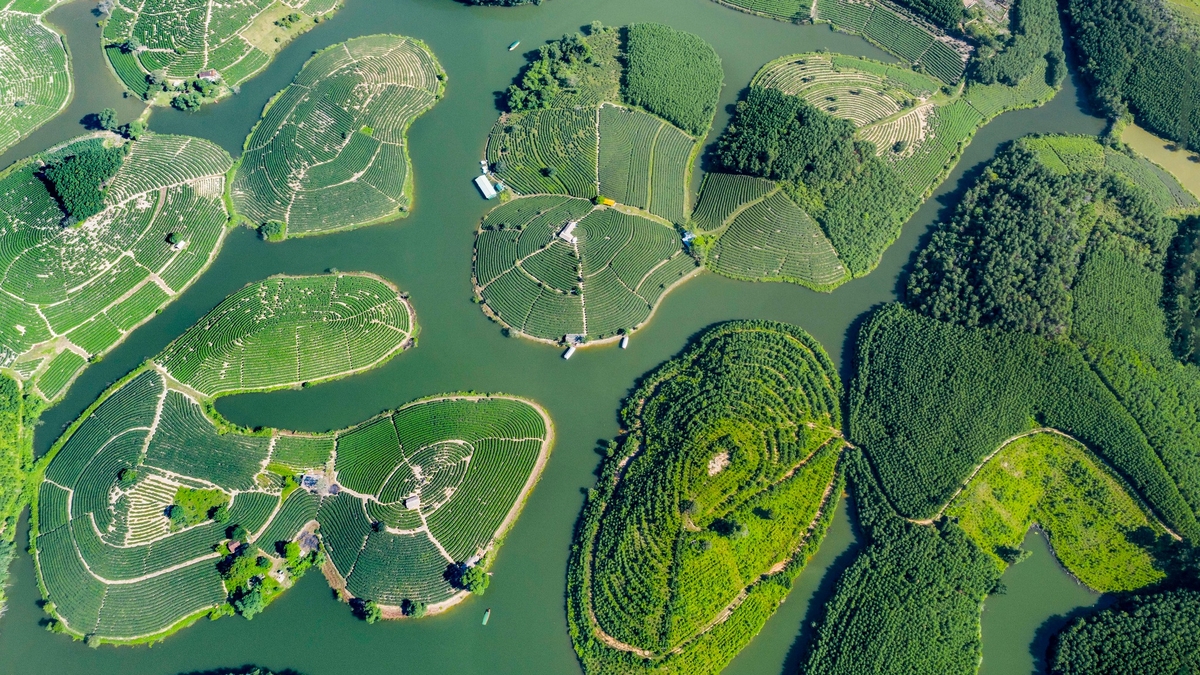




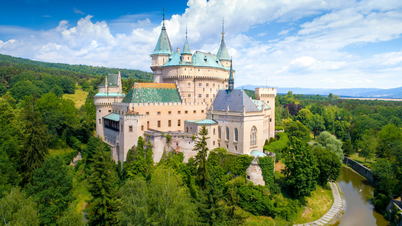
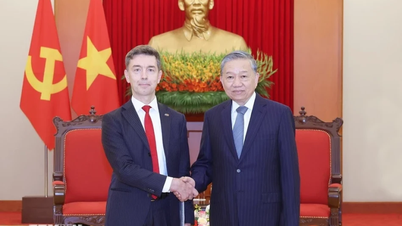
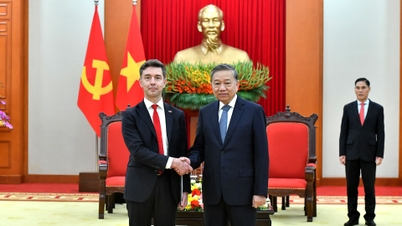

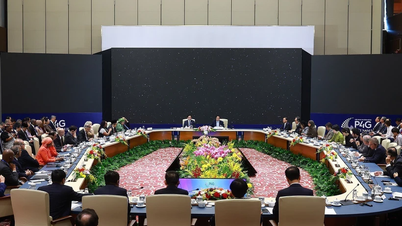





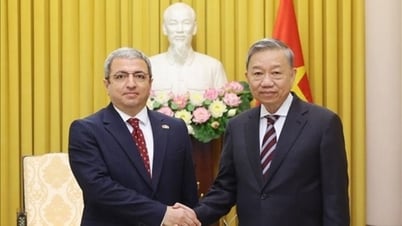










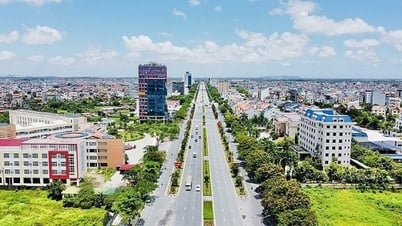
![[Photo] President Luong Cuong and Sri Lankan President Anura Kumara Dissanayaka visit President Ho Chi Minh relic site](https://vphoto.vietnam.vn/thumb/1200x675/vietnam/resource/IMAGE/2025/5/5/0ff75a6ffec545cf8f9538e2c1f7f87a)
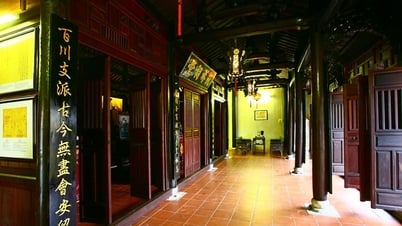

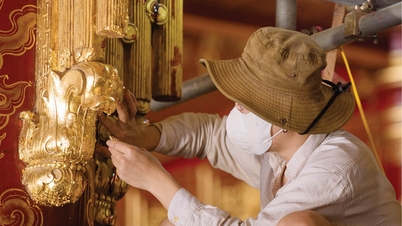





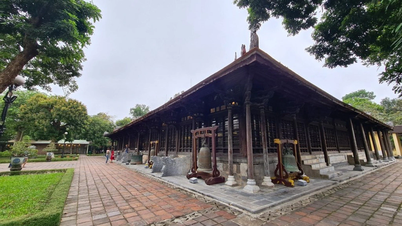







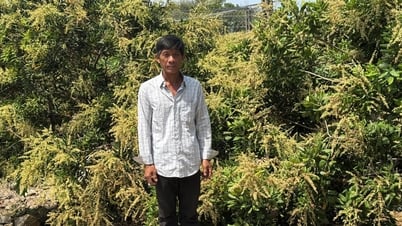











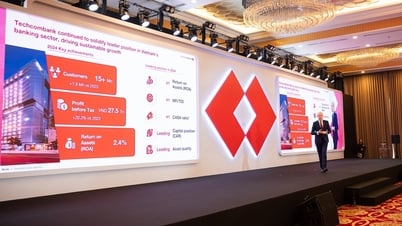
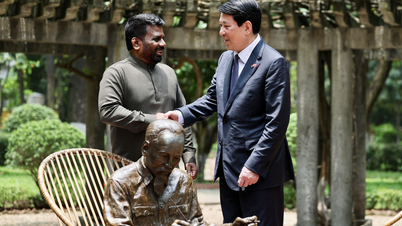
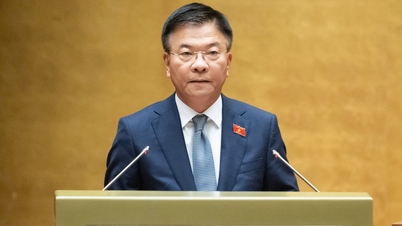
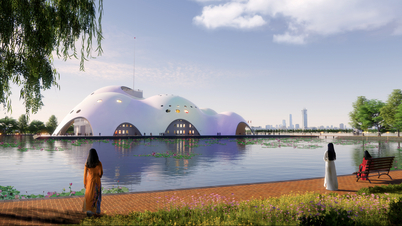


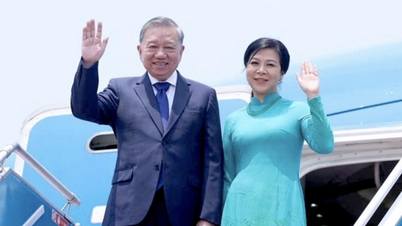
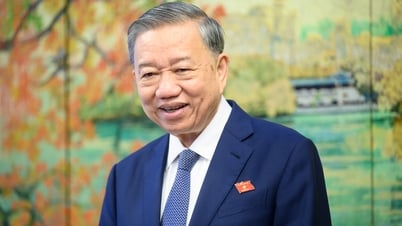












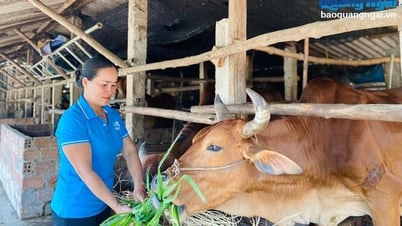




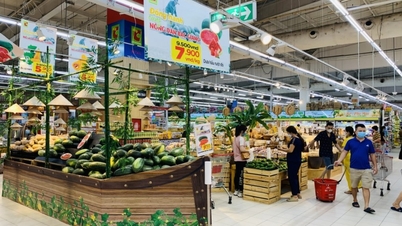








Comment (0)